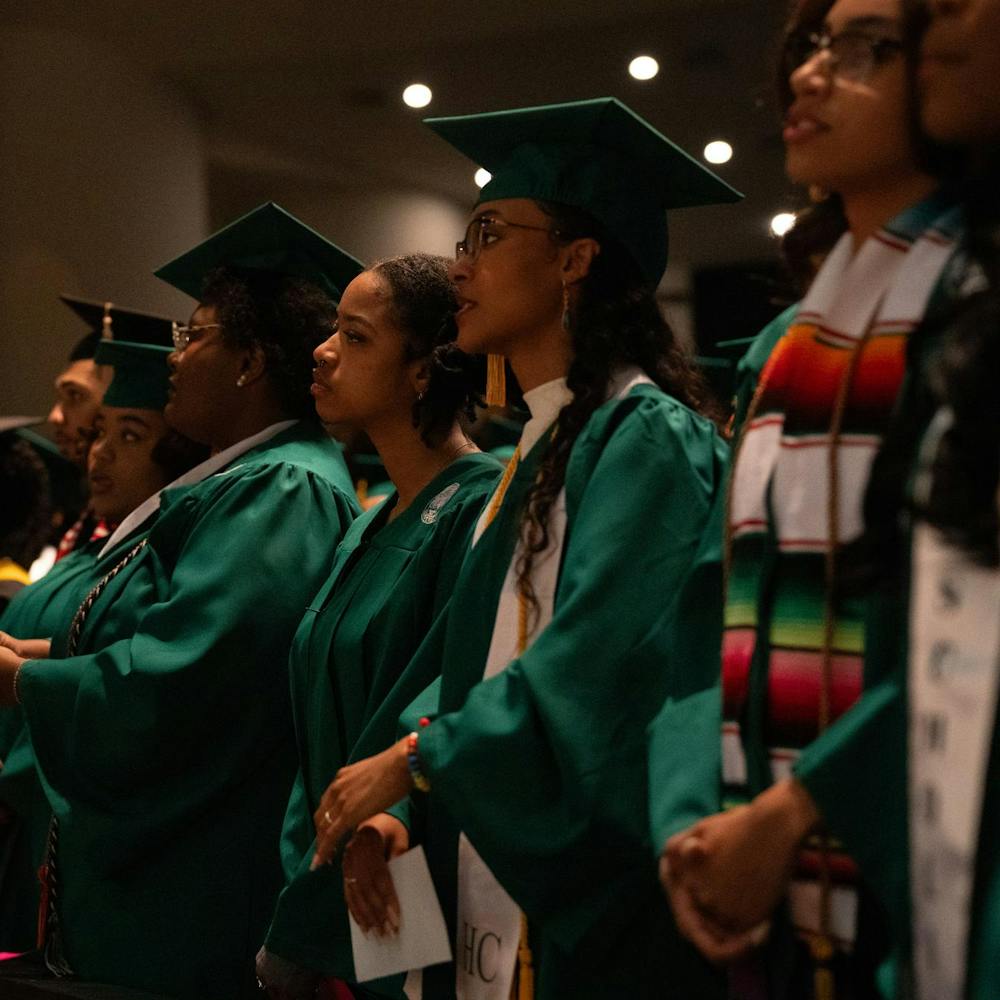MSU’s undergraduate student government, ASMSU, has been working on designing a new tutoring program that could further assist students in difficult science courses.
Mitchell Goheen, ASMSU’s vice president of academic affairs, has worked with students, faculty and staff to put together a sustainable Supplemental Instruction program targeting Biological Science 161 and 162 and Chemistry 141 and 142.
The program will consist of student volunteers who have excelled in these “high-risk” courses and require them to attend the lectures and hold additional sessions with enrolled students.
The idea was built off a current student organization, Spartan SI, which provides supplemental instruction for organic chemistry.
Pending the program’s success in the fall of 2014, ASMSU will vote on allocating roughly $800 to each instructor for the semester, Goheen said. The stipend averages $10 an hour.
The genomics and molecular genetics senior said he was grateful to be part of MSU’s Lyman Briggs Residential College, which gave him the opportunity to work more closely with students and professors as opposed to many students who are in high-enrollment science courses.
“I know from my own experience that I wasn’t nearly prepared enough ... all of a sudden you come to college, you’re learning so much,” Goheen said. “I never learned any of that in high school—I was so overwhelmed my freshman year.”
Thomas Sharkey, professor for BS 161 and biochemistry and Department of Biochemistry and Molecular Biology chairman, said a lot of students struggle because of the lack of in-depth instruction in high schools. He also said the fact that MSU doesn’t offer a course on the basics of biology could be a contributing factor.
Sharkey said between 85 and 90 percent of students pass BS 161 each semester, but they usually receive a grade-point average of 2.0 or 2.5.
He said the university will be launching a course addressing the background of biology in the fall of 2015. The class will be geared toward students who aren’t necessarily going into biology majors.
Kinesiology freshman Michael Moran recently became a tutor for Chemistry 141. Despite his 4.0, Moran said the course was still challenging.
“The class was sporadic ... we would switch from one concept to another,” Moran said.
It was difficult for students to build upon a foundation they didn’t necessarily have from high school, he said.
Moran said he thought the Supplemental Instruction program would be a great way to encourage students to get help and make them feel more comfortable reviewing difficult concepts with their peers.
Sharkey said the Supplemental Instruction program should be integrated with the course and instructors and tailored to individual sections’ needs.
“If there’s more communication with people teaching the course, then (the program) will likely increase its effectiveness,” he said.
Goheen said the program will he hopes the Supplemental Instruction program will ultimately attempt to bridge the gap between high school and college education and improve students’ scores overall.






